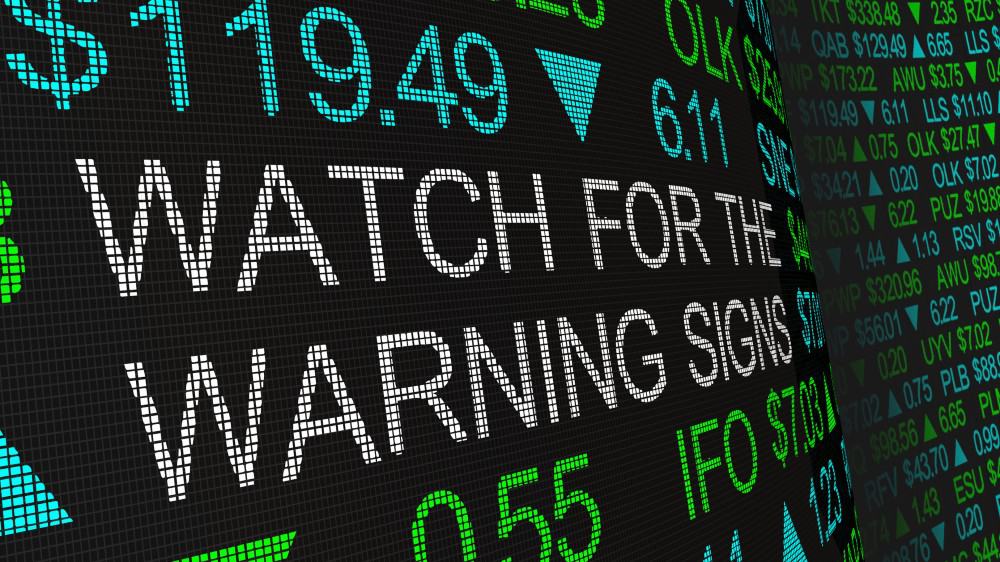by Paul Vigna
For investors worried about how the stock market will fare in the event of a divided government or a sweep by either party in next month’s elections, history offers an important lesson.
Stocks tend to go up regardless of which party controls Washington.
From 1929 through 2019, one party controlled both chambers of Congress and the presidency in 45 of those years. The S&P 500 on average rose 7.45% during those years, according to Dow Jones Market Data. The index was up 30 times and down 15 times.
In the other 46 years when there was a split government, the index climbed 7.26% on average, rising 29 times, falling 16 times and remaining unchanged once.
“We are not encouraging anyone to try and do anything heroic at this point,” said David Jilek, chief investment strategist at Gateway Investment Advisors, who still cautioned that anything can happen in financial markets.
Postelection selloffs have also been rare during much of modern history. The period between Election Day and Inauguration Day has been largely uneventful for the stock market. In 1968, 1976, 1980 and 1992—all elections that saw a new party win the White House—neither the S&P 500 nor the Dow Jones Industrial Average moved more than 3.2% in either direction.
To be sure, some recent election cycles have been different. After President Trump’s surprise victory in 2016, the S&P 500 rose 6.2% ahead of his inauguration on investor bets for higher infrastructure spending, lower corporate taxes and cuts to regulation.
In 2008, the index tumbled 20% from Election Day to Inauguration Day in the wake of the collapse of Lehman Brothers Holdings Inc. during the financial crisis. And in 2000, the S&P 500 dropped 6.3% during the same period following the contested election between Vice President Al Gore and George W. Bush, the former Texas governor who would become president.
Although worries about the potential for a contested election this year have waned recently, as former Vice President Joe Biden’s lead in the polls has widened, some analysts are still drawing comparisons to 2000.
Back then, the stock market was dominated by technology companies but seeking new leadership after the dot-com bubble burst. The uncertainty in the days following the election accelerated a shift in the market, said Marshall Acuff, a managing director at Silvercrest Asset Management who was an equity strategist back in 2000.
He said he suspects another chaotic election would produce the same result.
The tech-heavy Nasdaq Composite Index badly underperformed its peers in the period following the 2000 contest. The day after the election when it was clear neither Mr. Bush nor Mr. Gore had the necessary electoral votes to clinch victory, the S&P 500 fell 1.6%, and the Dow slipped 0.6%. The Nasdaq lost 5.4%.
And by Dec. 13 when Mr. Gore conceded the race, the S&P 500 had dropped 5%, and the Dow was off 1.7%. The Nasdaq had fallen 17%, and the selling didn’t stop there. In the following years, financial stocks would become the dominant sector in the market.
After the 2008 financial crisis, tech stocks regained the baton, and their influence has been growing ever since. The tech sector is set to end 2020 with its greatest-ever share of the stock market, eclipsing its dot-com peak. The Nasdaq has significantly outperformed the other indexes this year, rising 28% compared with the S&P 500’s more modest 6.9% gain and the Dow’s 0.6% loss.
That dominance is worrying to some investors who fear that a heavily concentrated market, dependent on a handful of big stocks, is more susceptible to a pullback. Since the stock market peaked in early September, more cyclically focused shares have been outperforming tech stocks.
“What you’re seeing again is the early stage of a shift in the market,” Mr. Acuff said.
Other more bullish investors counter that today’s tech behemoths, like Apple Inc., Microsoft Corp. and Amazon.com Inc., are supported by robust earnings growth and the tech sector isn’t nearly as expensive on a price-to-earnings basis as it was 20 years ago.
Still, the stock market’s fear gauge, the Cboe Volatility Index, is already nearly as high as it was at the height of the 2000 postelection period, closing Thursday at 28.11. In addition to the uncertainty surrounding the election, investors are also monitoring a rising coronavirus case count and negotiations among lawmakers for another stimulus deal.
In the event of a contested election, traders say they are bracing for a further jump in the VIX and a corresponding drop in stocks. On Election Day in 2000, the index stood at 24.91 and would rise as high as 31.74 on Dec. 20.
“It’s those kinds of unknowable key moments directly after the election” that can rattle markets, said Pierce Crosby, general manager of the online market platform TradingView.
